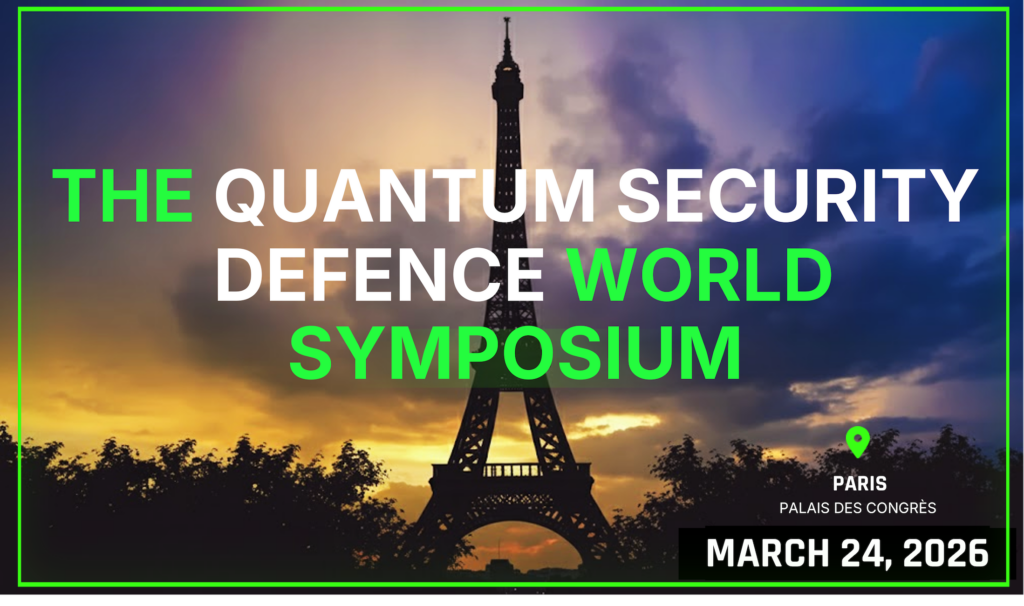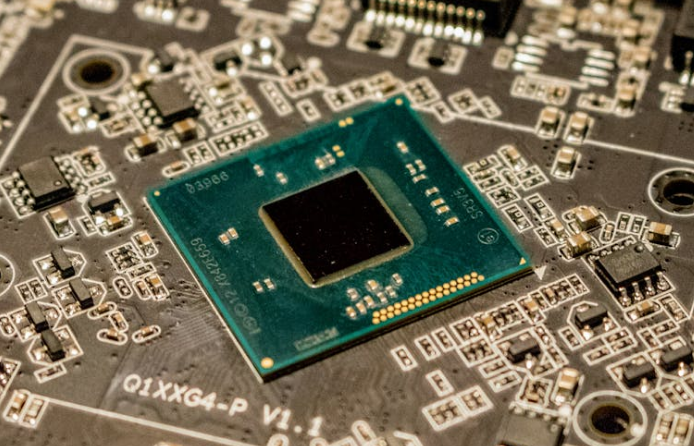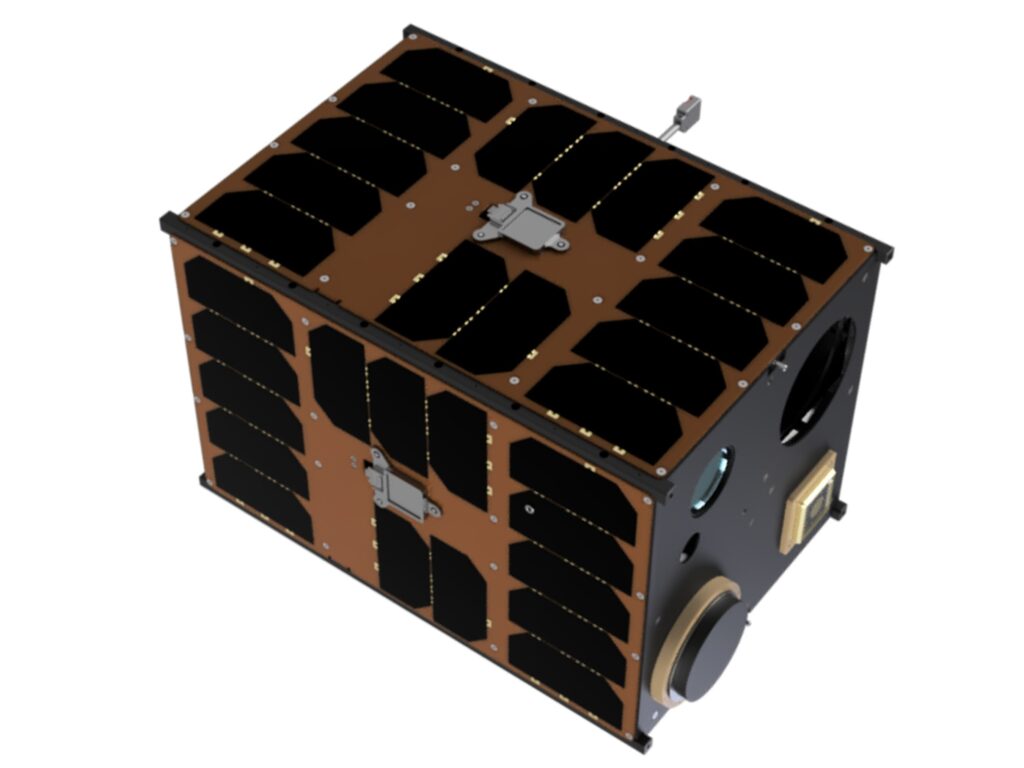Insider Brief:
- South Korea is actively progressing quantum from elite research to industrial use, with national forums, government policy, and real-world deployment strategies focused on integration across supply chains, sectors, and society.
- A previously announced $2.3 billion national quantum strategy is in place to develop a 1,000-qubit quantum computer, secure post-quantum infrastructure, and support startups, all backed by legislation, international R&D partnerships, and workforce development programs.
- KRISS, ETRI, and private firms like Samsung SDS and SK Telecom are producing hardware and embedding quantum in commercial products, while neutral atom, superconducting, and photonic architectures are being developed in parallel.
- Cultural strategies such involving League of Legends and quantum computing showcase Korea’s uniquely immersive public engagement approach, using everyday touchpoints to normalize quantum technology in society.
Over a hundred researchers, founders, and policymakers gathered in a hotel ballroom in Seoul on June 18th for the Ministry of Trade, Industry and Energy’s second Quantum Technology Industrialization Forum. The agenda was ambitious but unmistakably practical, centered around how to move quantum technologies from the domain of elite research into industrial sites, company roadmaps, and even public experience.
According to a (translated) recent report from eToday, the Ministry outlined a new set of national priorities designed to bring quantum into direct contact with the public and the economy. Among the proposed measures:
- Verifying 1,000 use cases of quantum technology across key industries
- Developing and distributing quantum platforms tailored to ten major sectors
- Training 10,000 skilled workers through practical, site-based programs
- And perhaps most notably, designing public-facing experiences so that ordinary citizens can begin to see, feel, and understand what quantum actually means.
The language was deliberate.

“Commercialization of quantum technology should start from the possibility of using it in industrial sites,” said Oh Seung-cheol, Director of the Ministry’s Industrial Infrastructure Division, “not the technology itself.”
In other words, there is something to be said about encouraging the technology to be built around what exists. Create value through context, not just capability.
Industrialization by Design
In mid-2023, South Korea formalized its long-term commitment to quantum science and technology with the release of a national strategy by the Ministry of Science and ICT. The strategy outlines a ₩3 trillion (approximately $2.3 billion) coordinated investment to establish the country as a global quantum leader by 2035. It intentionally moves beyond research to encompass infrastructure, industry, and long-term economic transformation.
Centered around seven pillars, the strategy sets clear targets:
- The development of a 1,000-qubit universal quantum computer using superconducting architecture by the early 2030s
- Deployment of a 100 km-scale intercity quantum network and next-generation sensors for navigation, defense, and industry
- Training of 2,500 core quantum experts and an additional 10,000 quantum-skilled professionals by 2035
- Support for the formation of 1,200 quantum technology companies, backed by startup grants, R&D access, and dedicated innovation zones
- A transition to post-quantum cryptography in national security systems, including the creation of sovereign Korean encryption standards
- Expansion of international R&D partnerships, with outbound researcher exchanges and new global quantum cooperation centers
- And the passage of a new “Act on Nurturing Quantum Science, Technology, and Industry”, designed to anchor policy and funding continuity over the next decade
“Although South Korea entered the field of quantum science and technology relatively late, there is still a golden opportunity,” MSIT Minister Lee Jong-ho had said at the launch. “South Korea will solidify its foundation to make a significant leap as a central country in the global quantum economy.”
The strategy also reflected recommendations gathered during a January 2025 roundtable between President Yoon Suk-yeol and quantum researchers at ETH Zurich. That moment catalyzed a transition from fragmented efforts towards progress into a unified roadmap that bound scientific vision to industrial capacity.
Much of the plan’s early momentum is focused on ecosystem coherence. New graduate programs and international fellowships are already expanding talent pipelines. And a mission-based approach to R&D, emphasizing defined tasks with sector-specific outcomes, is intended to fast-track applied developments in fields like logistics, energy, and materials.
What set South Korea’s strategy apart was the way in which the pieces have been designed to reinforce one another: legal architecture, funding continuity, cross-sector coordination, and cultural visibility. This was less a moonshot than a national blueprint, designed to build a practical quantum-capable economy. While South Korea acknowledged that it entered the global quantum race later than some of its peers, the roadmap was designed around ecosystem durability by investing in stability, workforce fluency, and technical self-sufficiency.
An Ecosystem in Motion
The shift from strategy to implementation is possible because South Korea’s quantum ecosystem is active, multilayered, and growing increasingly interconnected across public research, private industry, and applied domains.
At the national R&D level, institutes like KRISS and ETRI are producing real hardware. KRISS has demonstrated a 20-qubit superconducting quantum processor using domestically developed technology and is now leading a national effort to scale to 50 qubits by 2026, while simultaneously collaborating with Korea University, LG Electronics, and SDT on the development of neutral atom-based QPUs and middleware as part of a broader strategy to diversify architectures and localize critical components across the quantum stack.
ETRI, working in collaboration with KAIST, achieved a record-setting 6-photon entangled state using integrated silicon photonics. These photonic chips, which operate at room temperature and interface naturally with existing communications infrastructure, form another key branch of Korea’s hardware diversification strategy.
What’s notable is not solely the technical progress, though commendable, but also how it’s being directed. These systems are increasingly embedded in application-driven partnerships. At Yonsei University, researchers are collaborating with startups like ORIENTOM to explore quantum algorithms for financial modeling. Samsung SDS recently developed a national post-quantum cryptography algorithm, while SK Telecom continues to expand quantum-secure infrastructure, including consumer smartphones equipped with quantum random number generators and commercial VPNs leveraging quantum keys.
This momentum is mirrored in industry-wide coordination. The Korea Quantum Industry Association (KQIA), founded in 2022, now includes nearly 50 members ranging from global telecom providers and semiconductor firms to national banks, defense contractors, and startups building quantum sensors, control stacks, and optimization software.
This is both an R&D narrative and a supply chain narrative. And increasingly, it’s a deployment narrative, where capabilities are moving off the lab bench and into networks, services, and real-world use.
Quantum Legends
Now for the most unexpected—and arguably most brilliant—detail to emerge from the June 18th forum.
It wasn’t in the official press release. But as shared in a LinkedIn post by Saeusun Kim, Technical Lead at Keysight Quantum, “🇰🇷 Korean government just announced that quantum computers will be used to train League of Legends. Not joking.” It’s part of a broader campaign to increase public awareness of quantum computing, he adds.
This is one of the most culturally fluent moves a government could make. In South Korea, League of Legends is a generational medium and national pastime. For those unfamiliar with the game itself, League of Legends is a proving ground for strategic logic, mental agility, and real-time decision-making, which is exactly the kind of high-dimensional optimization challenge where quantum computing has the potential to really shine.
Quantum systems are notoriously difficult to explain. Most people will never touch a qubit, or understand what a Hilbert space is. But they will notice if a training model for their favorite AI agent behaves faster, smarter, more adaptive because it was shaped by quantum algorithms. In that moment, the abstract can become experiential. It creates a sense of intuition, maybe not about how quantum computing works but what it might be good for.
This is a telling reflection of Korea’s public engagement strategy. Not educational pamphlets or awareness days, but rather cultural insertion. Make quantum visible through the fabric of ordinary life in smartphones, logistics systems, and in national encryption standards.
A Quantum Society in the Making
South Korea’s quantum journey is qubits, protocols, and processors, but it’s also about designing an ecosystem where research connects to deployment, infrastructure supports innovation, and the public becomes part of the story. What we’re seeing is a deliberate act of nation-building, one where quantum capabilities are cultivated in conversation with industry, education, and culture.
By treating quantum not as spectacle but as infrastructure, Korea has the potential to do something rare by preparing a quantum-literate society.
For deeper insight into South Korea’s funding roadmap, national strategy, and the institutions driving it forward—from startups to consortia, research labs, and industry players—subscribe to The Quantum Insider’s market intelligence platform.

















